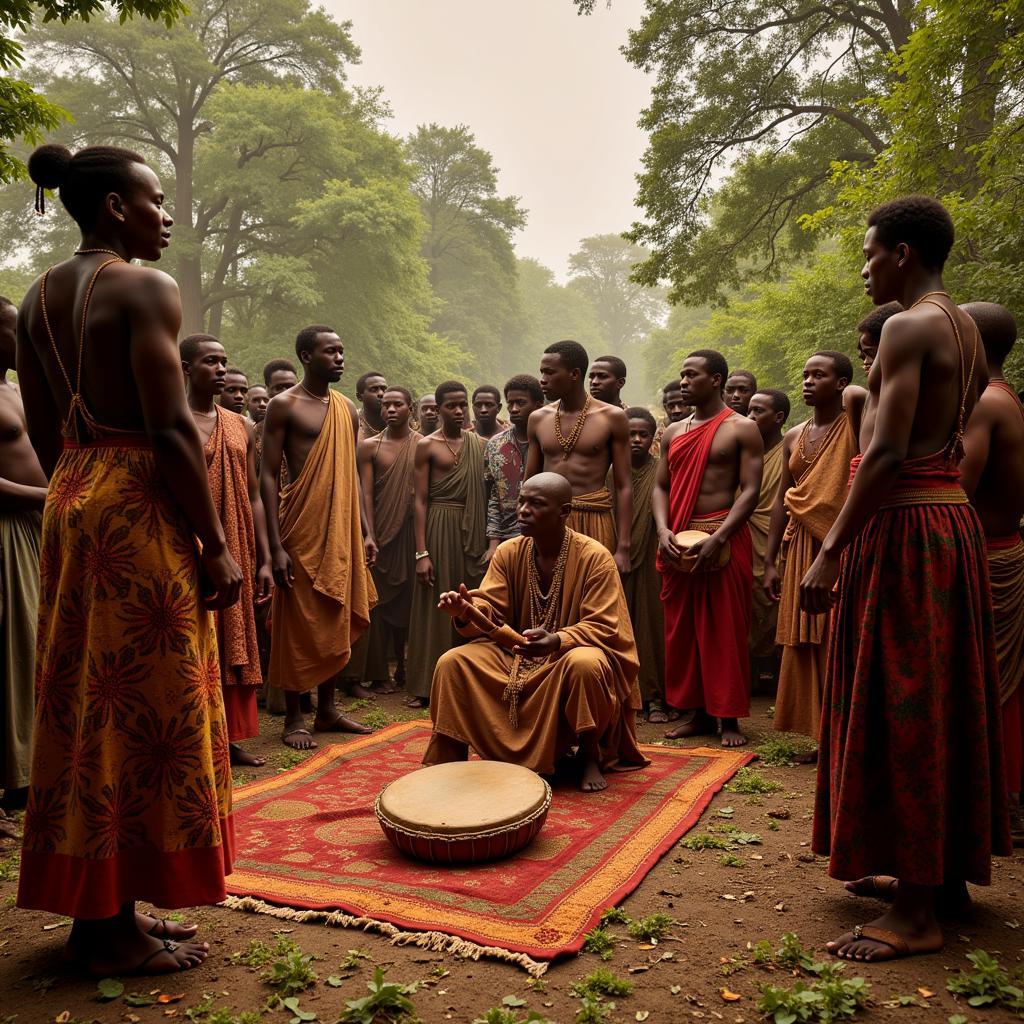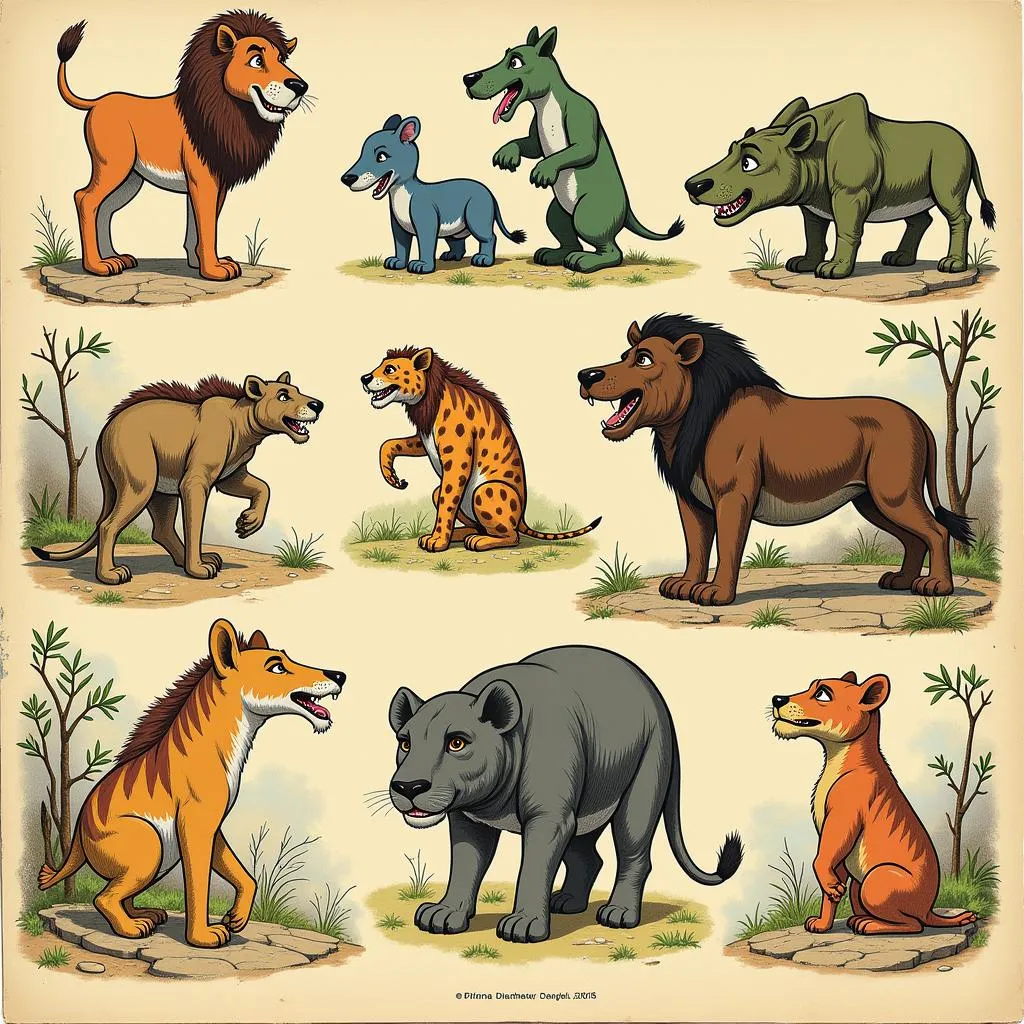African American Female Writers: Voices of the Harlem Renaissance
The Harlem Renaissance, a period of unprecedented artistic and cultural blossoming in the 1920s, saw the rise of numerous talented African American artists, writers, and thinkers. Among them, African American female writers emerged as powerful voices, challenging stereotypes, celebrating Black identity, and giving expression to the hopes and struggles of their community. These women used their words to paint vivid pictures of Black life in America, exploring themes of race, gender, class, and identity with remarkable insight and creativity.
The Power of the Pen: Giving Voice to the Black Experience
The Harlem Renaissance provided a unique platform for African American female writers to share their perspectives and challenge the prevailing narratives that often marginalized their experiences. Through their work, they explored the complexities of Black life in America, addressing issues like racism, sexism, and the legacy of slavery.
These women wrote across various genres, including novels, poetry, plays, and essays. Their work resonated with a wide audience, both Black and white, and helped to broaden understanding of the African American experience.
Key Figures and Their Enduring Legacy
The Harlem Renaissance boasted a constellation of talented African American women writers who left an indelible mark on American literature. Let’s delve into the lives and works of some of these influential figures:
Zora Neale Hurston: Chronicler of Black Southern Life
Zora Neale Hurston, known for her anthropological work and captivating storytelling, brought the richness and complexity of Black Southern life to the forefront. Her masterpiece, “Their Eyes Were Watching God,” remains a seminal work that celebrates Black womanhood and explores themes of love, self-discovery, and resilience.
Nella Larsen: Exploring Identity and Passing
Nella Larsen, a significant figure in the Harlem Renaissance, delved into the complexities of race, class, and identity. Her novels, “Quicksand” and “Passing,” explored the experiences of mixed-race women navigating the social constraints of early 20th-century America. Larsen’s work continues to spark conversations about colorism, social mobility, and the fluidity of identity.
Jessie Redmon Fauset: Literary Nurturer and Editor
Jessie Redmon Fauset, a prolific writer and editor, played a pivotal role in shaping the Harlem Renaissance movement. As the literary editor of The Crisis, the NAACP’s magazine, she provided a platform for numerous Black writers to showcase their work. Fauset also authored four novels that explored the lives of middle-class African Americans, challenging prevailing stereotypes and advocating for social change.
Gwendolyn Bennett: Multi-talented Artist and Writer
Gwendolyn Bennett, a gifted writer, artist, and illustrator, contributed significantly to the Harlem Renaissance’s cultural tapestry. Her short stories, poems, and essays explored themes of race, gender, and social justice. Bennett’s work often showcased a blend of realism and romanticism, reflecting her deep connection to Black folk traditions and her aspirations for a more equitable future.
Beyond the Renaissance: A Lasting Impact
The influence of African American women writers of the Harlem Renaissance extends far beyond the 1920s. Their powerful voices helped to pave the way for generations of Black writers and continue to inspire readers today. They challenged societal norms, shed light on the complexities of Black life, and left an indelible mark on American literature and culture.
Conclusion
The Harlem Renaissance stands as a testament to the power of art and expression to challenge the status quo and amplify marginalized voices. The African American female writers of this era played a critical role in shaping this cultural movement, leaving behind a legacy that continues to resonate today. Their courage, creativity, and commitment to social justice continue to inspire readers and writers alike, ensuring that their voices will be heard for generations to come.

